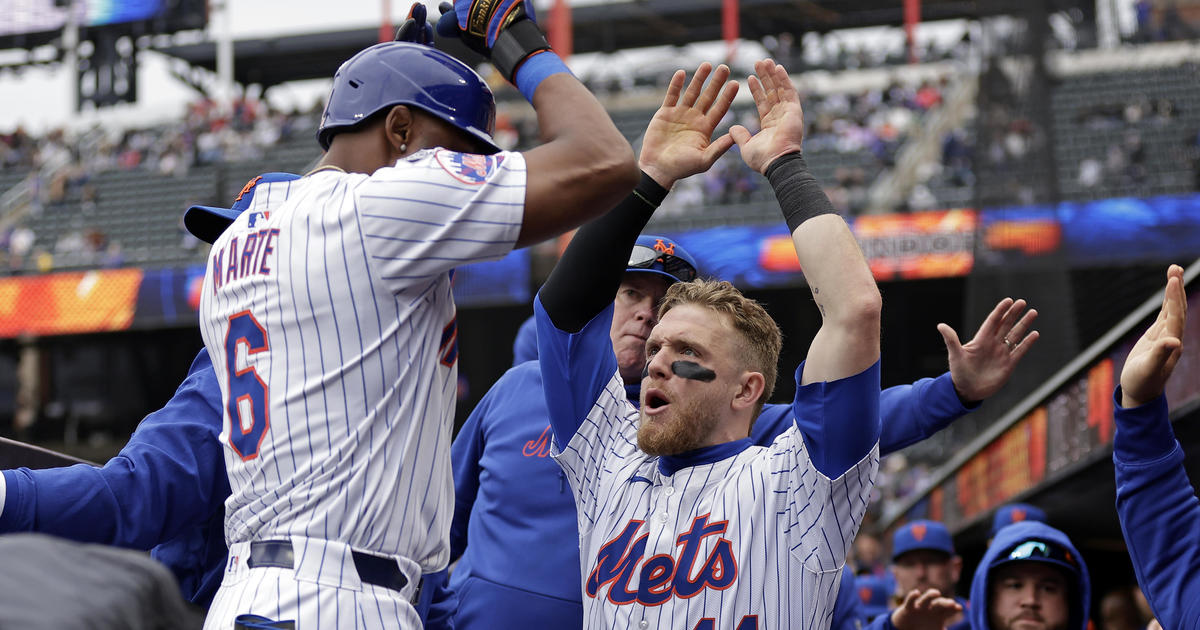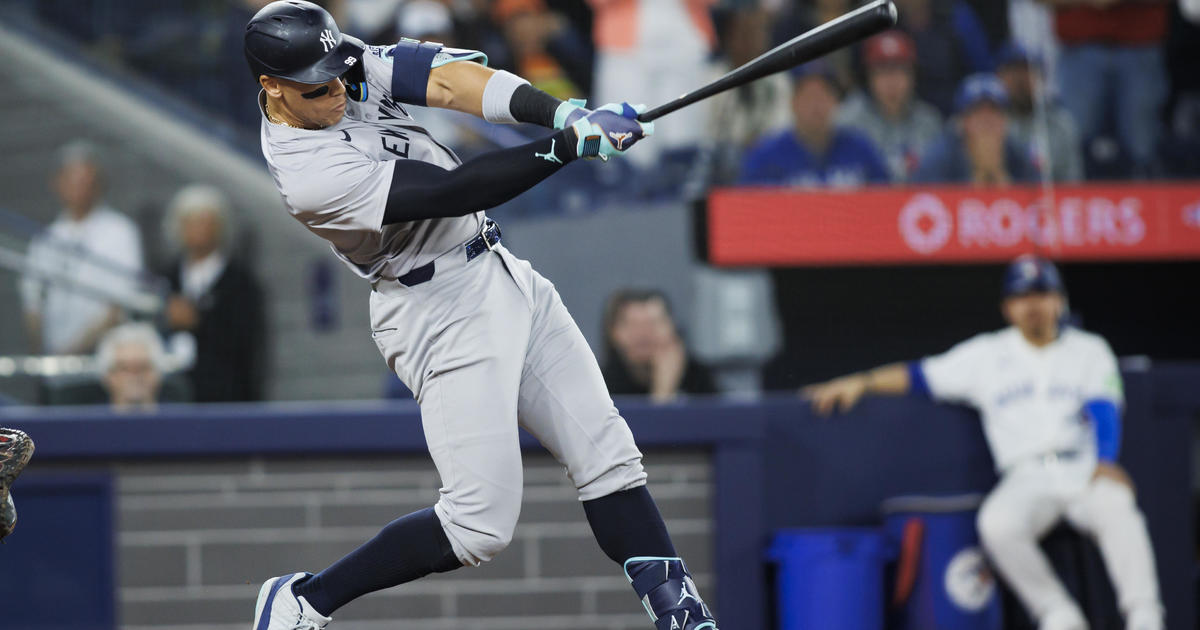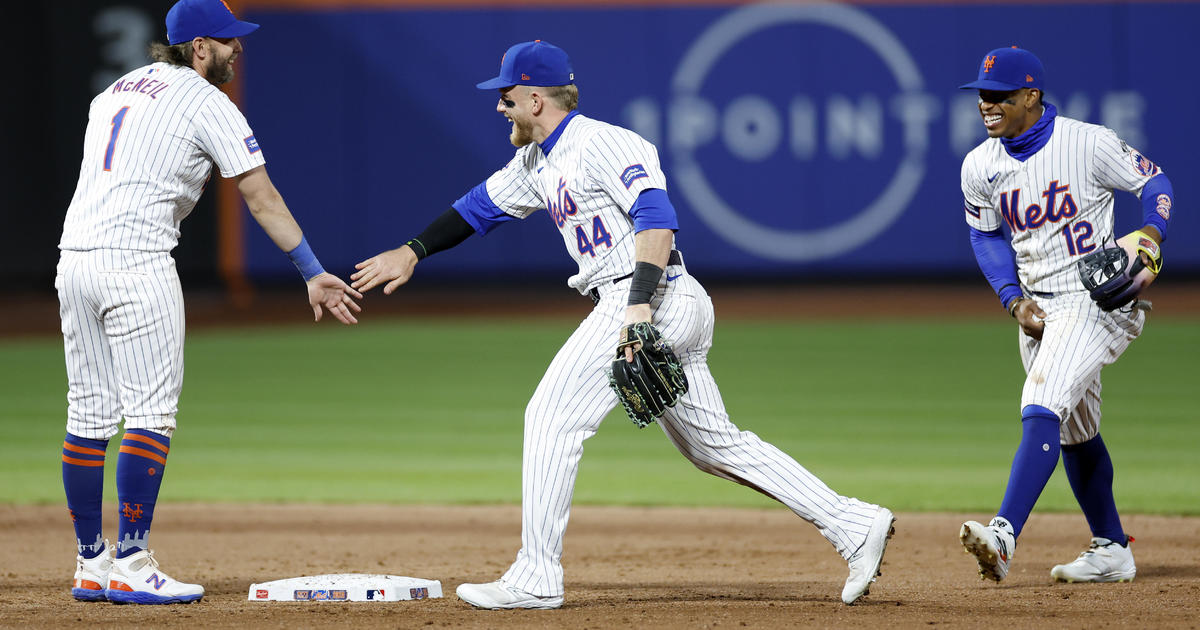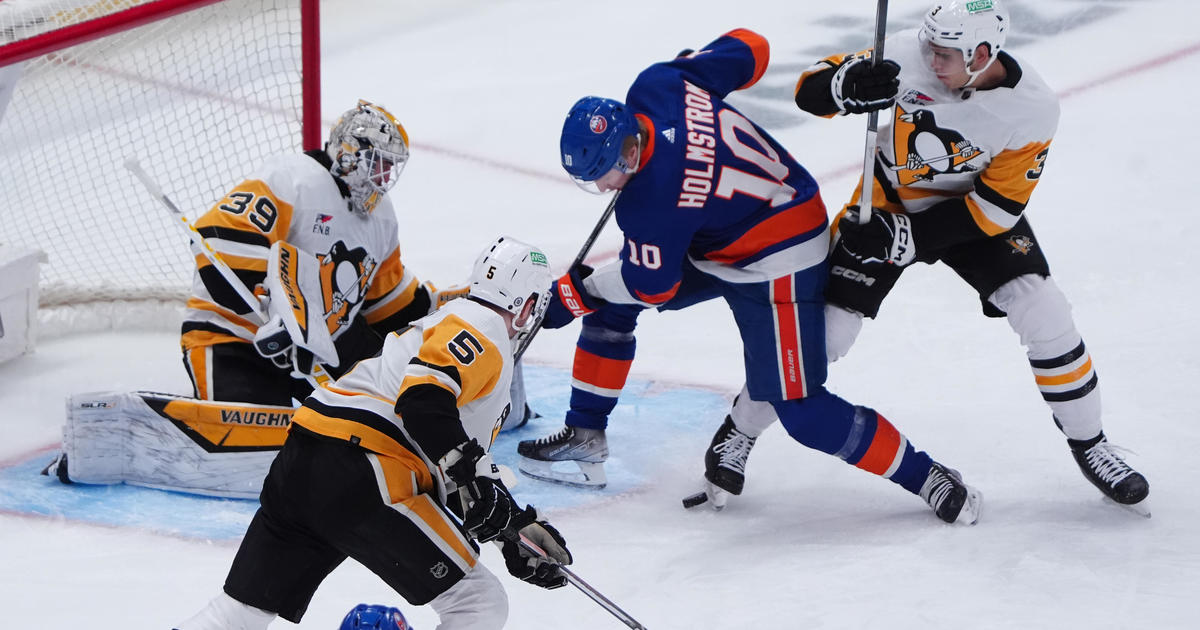Injury Breakdown: Strain Pain
Andy Pettitte, the Yankees 38 year-old left-hander, has been out of action with a left Grade I groin strain since experiencing pain after serving up a slider in the third inning on July 18th. Though by all reports Pettitte is pushing for an earlier return to the mound, he is not expected to pitch in a game situation before mid August. Despite his age, and the demands of his position, all eight of Pettitte's prior trips to the DL had been before 2008. One of those, in 2001, was for a similar injury. Despite his bravado, Pettitte surely recognizes that though he missed only 15 days the first time around, nine years later there is reason to be more conservative in staging his return.
What is a strain?
A strain results from a pull or overuse of a muscle and entails some level of damage to the fibers of the muscle itself or to the tendon that attaches the muscle to bone. A Grade I strain, such as the one Pettitte's MRI confirmed, is the least involved, and implies only mild disruption of the tissue. In a Grade II injury,
some of the fibers of the muscle or musculo-tendinous unit have been torn. The most severe strain, a Grade III, is actually a complete rupture of the structure.
What are some of the signs and symptoms of a strain?
The first and most noticeable issue, of course, is pain. The injured area also becomes inflamed, with the signs of inflammation being swelling, redness of the skin and warmth to touch. Bruising may follow as the internal bleed of the muscle (in grades II and III strains) becomes more superficial. Not only is there likely to be pain with use of the involved muscle, but pain may be present at rest as well. A consequence of this swelling and pain is the inhibition of the muscle, resulting in weakness.
What muscles are involved in a groin strain?
The most commonly implicated muscles are the adductors, which is a group of four muscles comprising the inner thigh. These muscles are the primary movers of the hip into adduction, or toward the midline, thus bringing one thigh in toward the other. To help you remember that this is the action of the ADDuctors, it might help to know that the ABDuctors are those hip muscles that move the thigh away from midline. Think ABDuct, to take away (from your other leg) versus ADDuct, to add to…
Note that issues with the abdominal wall, at the attachment of the abdominals to the pubic bone, may also be involved in a groin strain. The adductor muscles are not the only ones that may be at fault. I have alluded to this type of injury in a prior post and will dedicate a future column to this fairly common athletic injury, known as a sports hernia.
Andy Pettitte's issue however, was reportedly one that is exclusive to the adductors.
The four adductor muscles are:
1. Adductor Brevis: The word "brevis" implies that this muscle is shorter than its counterpart (longus). In addition to adducting the thigh, this muscle laterally (outwardly) rotates the thigh as it adducts. Its less significant role is to assists with flexing the hip.
2. Adductor Longus: This is the longer muscle, and it originates at a different region of the pubic bone than does Brevis. It functions in much the same way however. Longus inserts further down the femur than Brevis, with both attaching to a ridge on the back region of the bone.
3. Adductor Magnus: Magnus, as the root word implies, is the largest or broadest adductor muscle. It originates both at the pubic bone and the lower portion of the pelvic girdle in front as well as at the sit bone (ischial tuberosity) in back. It has a broad area of attachment at its distal (far) end, extending as far as the very end of the femur, just above the medial (inner) aspect of the knee joint.
In addition to this muscle acting to adduct the hip/thigh, its front (anterior) fibers assist in flexing the hip while the rear fibers assist in extending the hip. Like Adductor Brevis and Longus, Adductor Magnus also plays a small role in lateral rotation.
4. Gracilis: The most unique of the adductor muscles, gracilis is the only one of the four that crosses both the hip and knee joint. It too originates at the pubic bone but inserts at the tibia (of the lower leg) below the inner aspect of the knee joint. Two of the three hamstring muscles – the medial (inner) ones – also attach at this same area.
Because of its orientation, when it contracts drawing its lower portion toward the upper, Gracilis serves primarily as a hip adductor muscle. However, because it inserts below the knee, it also assists the hamstrings in flexing (bending) that joint. Unlike the other adductor muscles, Gracilis assists in rotating the femur (and tibia) medially (inward). If the leg is stationary, the Gracilis acts as a hip flexor when it contracts, bringing the upper portion of the muscle toward the lower rather than the other way around.
What does treatment entail?
As for any inflammatory condition, ice and electric stimulation are initially used to minimize swelling and other complications of inflammation. Certain types of massage are generally performed to promote healing and control the formation of scar tissue. Gentle, pain-free stretching is also employed. After the acute period, it is likely that heat followed by ice is utilized. Controlled and progressive strengthening is instituted in a pain-free fashion and return to activity is promoted gradually. Toward that end, Pettitte has reportedly begun a throwing program from increasing distances before attempting to pitch. By doing so, he initially avoids the long stride length, ballistic motion and extreme follow-through that would aggravate his condition and would be required of him to pitch effectively.
Abby Sims is an orthopedic and sports physical therapist who has been in private practice in NYC for the past 30 years (you may be familiar with her husband, sportscaster & WFAN alum Dave Sims). Abby has a Masters of Science in Physical Therapy from Duke University and has extensive experience working with professional, collegiate and recreational athletes with musculoskeletal injuries – both non-operative and operative. She has also enjoyed lecturing at many medical conferences. Abby looks forward to responding to your questions or writing about topics that you suggest. For more information about Abby, or her practice, please check out www.RecoveryPT.com as well as www.AthletiSense.com.



